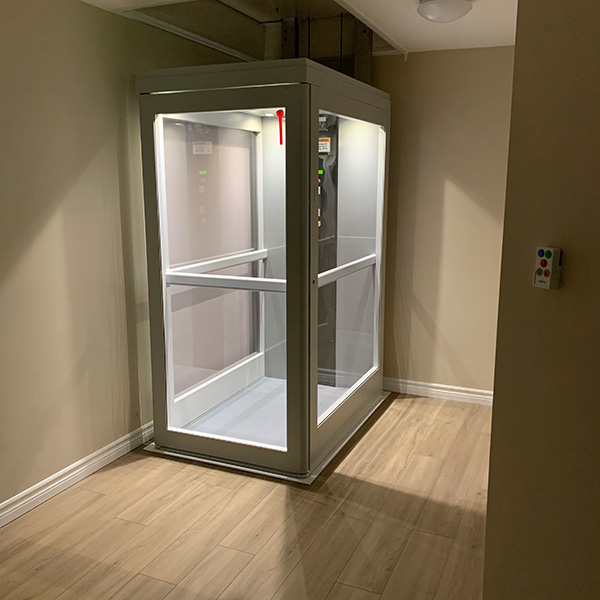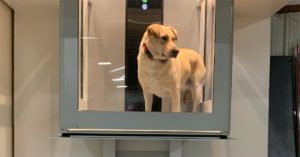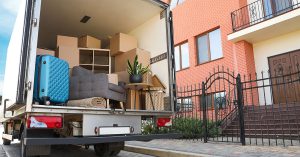Home Elevator Safety
How safe is a shaftless home elevator?

Before we talk about how safe a Homelift is, let’s first explore the need for home elevators to be shaftless. The main benefit of the Hoistless design is, essentially, that the elevator’s footprint remains small, requiring only as much floor space as the cabin itself takes up, rather than needing extra walls to be put up, a shaft to be constructed, or a pit dug. Far fewer installation requirements means that these lifts become immediately more flexible and can therefore be installed in a broader range of houses, allowing more people than ever to travel between floors safely and effortlessly.
Home elevator safety mechanisms
Beyond the pressure sensors and monitors that ensure the safety of anyone outside the lift, other safety mechanisms include brakes, which, as you would imagine, are an in-built safety feature of any vertical lift. Home elevators are no exception! Each Homelift is built with an overspeed governor brake mechanism consisting of a cable, spring and brakes. This means that in the (extremely unlikely) event of a catastrophic electronic and sensor failure, the overspeed governor cable & spring would immediately trigger both brakes, which are fitted with aggressive teeth. When activated, the breaks spread out like wings and latch onto each rail. The more tension is applied, the more the teeth will hook into the rail system, stopping the lift in its tracks and making sure everyone, both inside and out, is kept as safe as possible. The main benefit of this function? It’s mechanical, which means there are no electronics involved – that means technical failures are impossible and that the mechanism would still be activated in the event of a power cut or surge, operating under any and all circumstances to keep everyone safe.

Preventative maintenance to ensure the safety of your home elevator
As with any electronic device, a Homelift needs yearly maintenance to make sure all its components are functioning just as they should be. As part of our recommended annual Preventative Maintenance service, the lift’s brake mechanism is inspected by our qualified technicians. If they notice any wearing on the cable (which is bound to happen with any lift due to normal usage), it is replaced, ensuring it is always set to spring into action. Concerned about your home elevator and want to get it checked out more regularly? That’s certainly an option, though in our experience, and according to guidance provided by the manufacturer, once per year is more than enough.
Safety is our number one concern and is the goal of any installation. Our experience and trusted name ensure that your installation is carried out with the utmost professionalism.
Ready to get your freedom of movement back in your own home? Get in touch.

Brian Granger
1-866-208-1806
sales@homelifts.ca
To learn more about our Homelifts or these financial programs, contact Brian today for your free in-home consultation to see if a Homelift is the right product for you to ensure you can stay in your home for as long you want.






